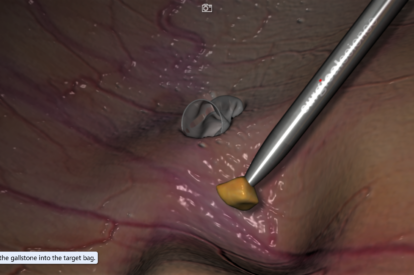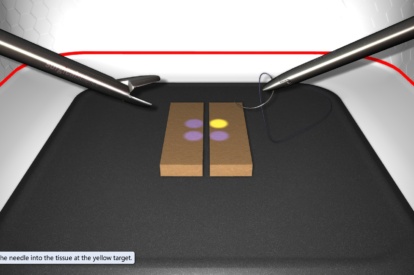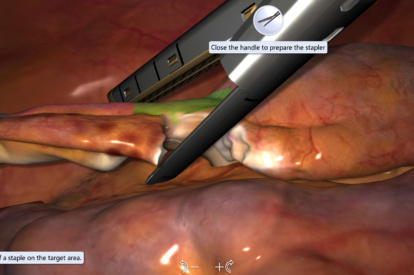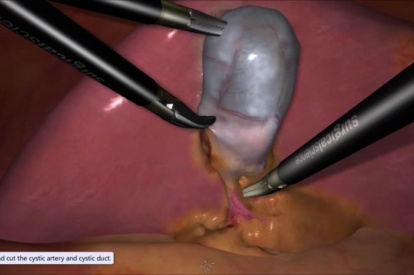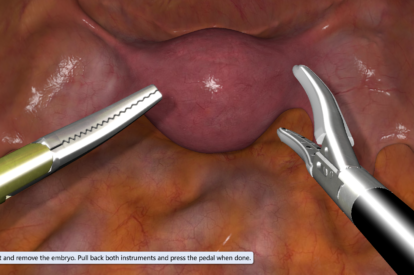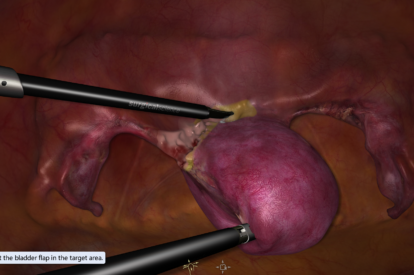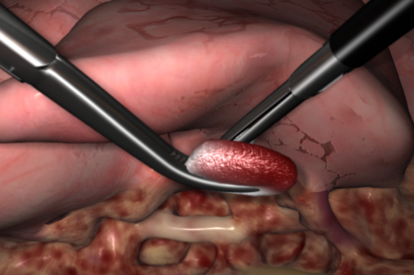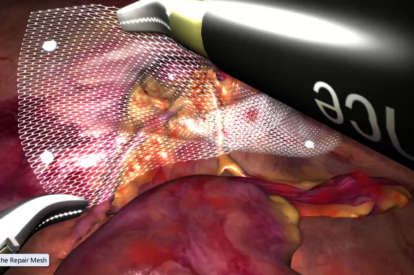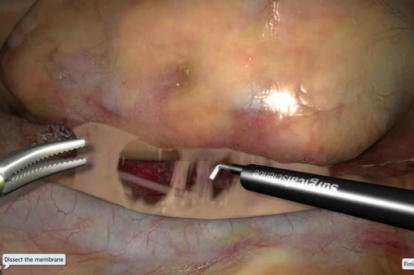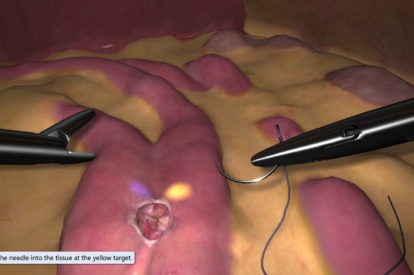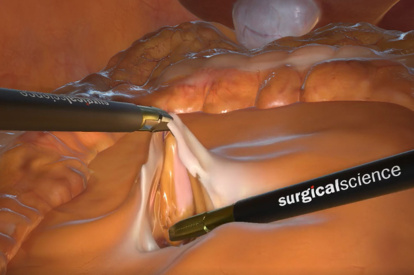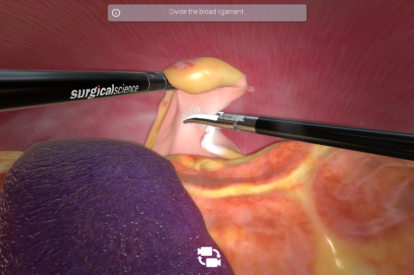Prepare More Confident Surgeons
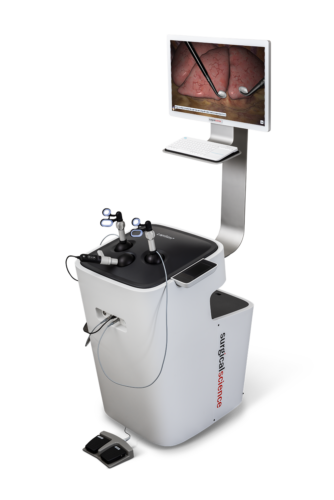
Our pioneering LapSim simulator can improve your training simply and quickly. Including a range of exercise packages from basic to advanced laparoscopic procedures, it provides residents with an essential path to technical skills proficiency. As a high-fidelity simulator, it gives you tactile feedback, highly realistic and detailed graphics, and a rich immersive training experience.
LapSim comes ready to use: it’s ideal for individual, self-paced training, with its instant performance feedback, and includes an easy-to-use admin mode for course management. Either you customize your own courses and benchmarks to fulfill your own training requirements, or you pick from the pre-set library which includes fully validated curriculums.
LapSim Shortens Time to Surgical Skills
Check out this effective simulator that has proven to reduce medical errors in the OR.
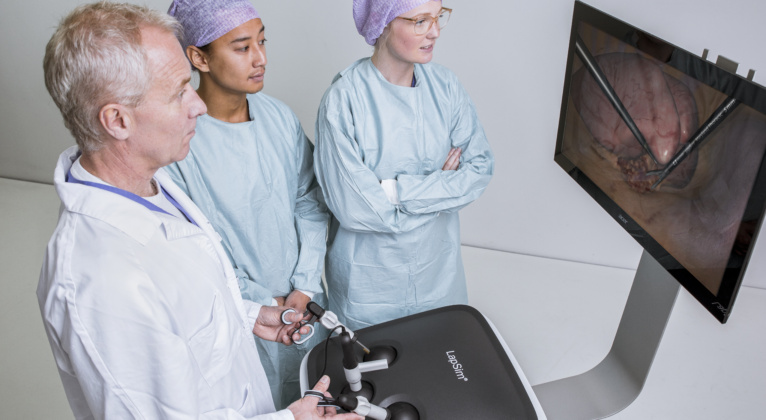
Features and Benefits
- Master psychomotor skills with fundamental and procedural training
- 11 training modules covering abdominal surgery procedures
- Authentic handles with tactile feedback, to develop accurate manual dexterity
- Customizable courses, configurable difficulty levels
- Performance feedback reports, with statistics
- Screen recording for debriefing
- 3D output available
- Instructions available in 8 languages
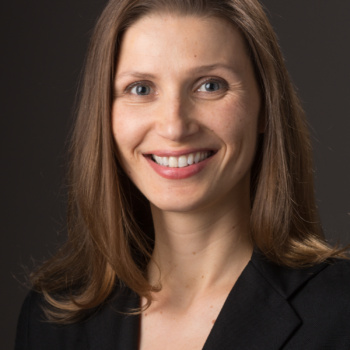
“VR simulator-trained students perform real surgery with more confidence, less operative time, and increased accuracy. The LapSim Certification Program is definitely a great resource for residency programs and the ability to collaboratively tailor the curriculum was an important aspect to my success. Also, Surgical Science’s collaborative support was especially valuable”.
Dr. Hulda Einarsdottir, MD, FACS, FASCRS Formerly Assistant Professor of Surgery, Yale University, School of Medicine
"In the last 25 years, I have organized about 50 courses in practical surgery for residents and specialists in Obstetrics and Gynecology. In the courses involving laparoscopy, LapSim has been used to a significant extent for training and evaluation. With the extensive scientific documentation available, and based on my many years of experience with LapSim, I want to emphatically state that simulated laparoscopic training with LapSim should be a cornerstone of surgeon training and absolutely contributes to patient safety".
Dr Thomas Bossmar, MD, PhD Consultant at the Women's Clinic and Practicum, SuS in LundValidation Studies
Virtual simulator training programme performed at least twice a week was effective for implementing basic surgical skills required for the trainee's professional growth. Additional virtual training modules focused on more complex exercises are planned to confirm these preliminary results.
Impact of virtual reality training on laparoscopic surgery: Residents who trained on Surgical Science LapSim® and followed a predefined curriculum demonstrated a proficiency level equivalent to surgeons who have performed 20-50 patient procedures.
Learn More
Contact Us
For full specifications and pricing or to request a demo, please fill out the form below.

